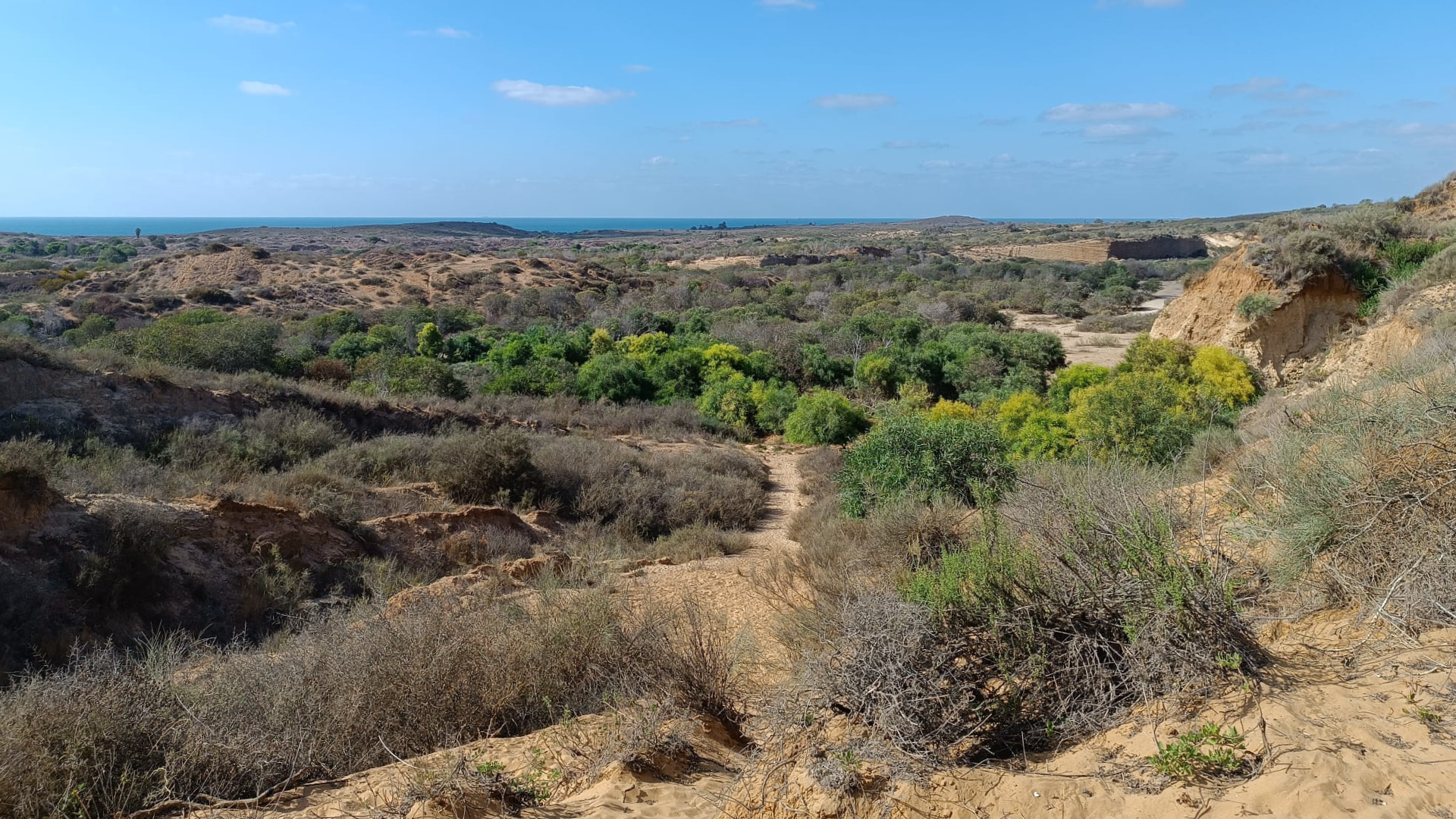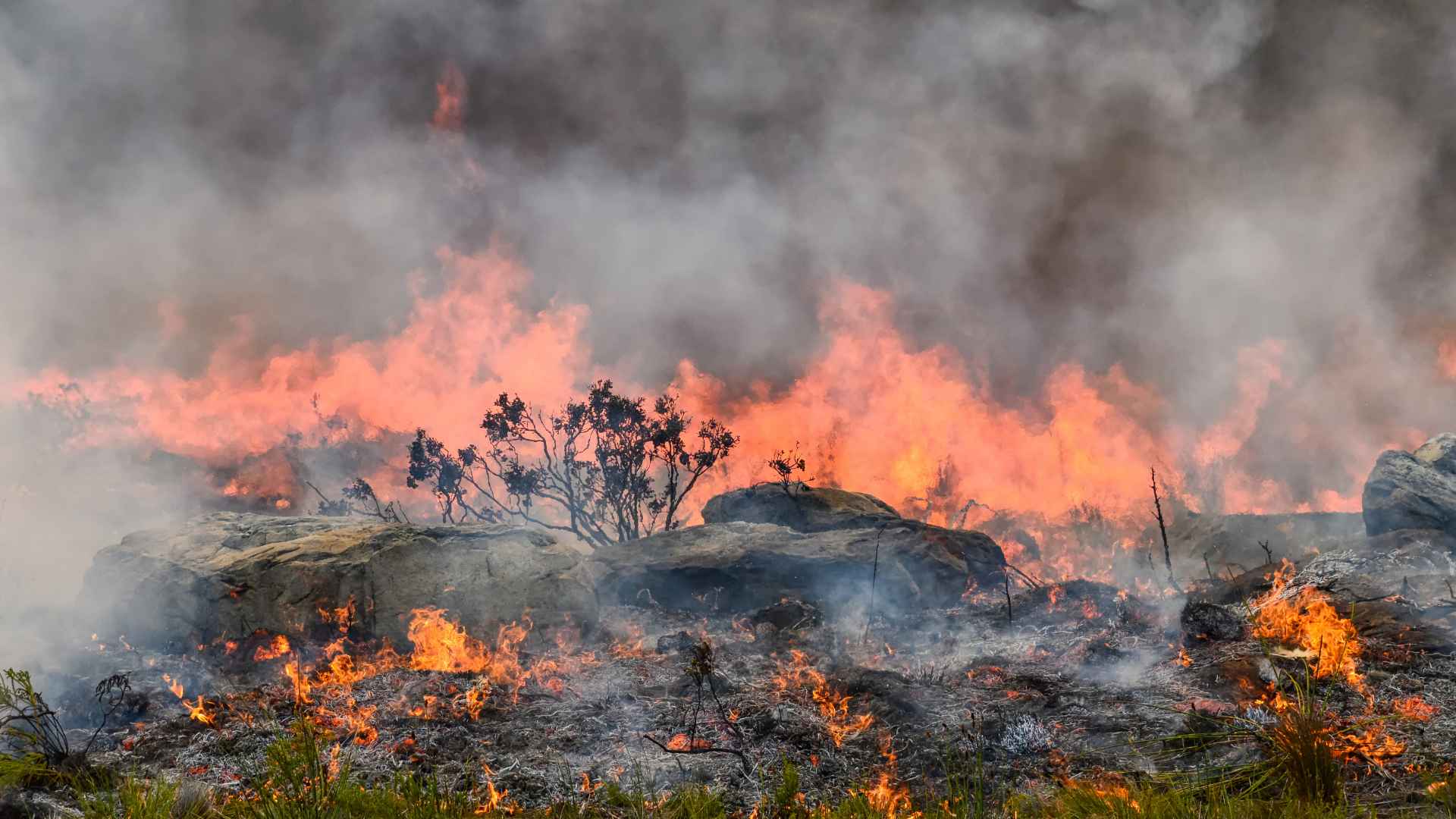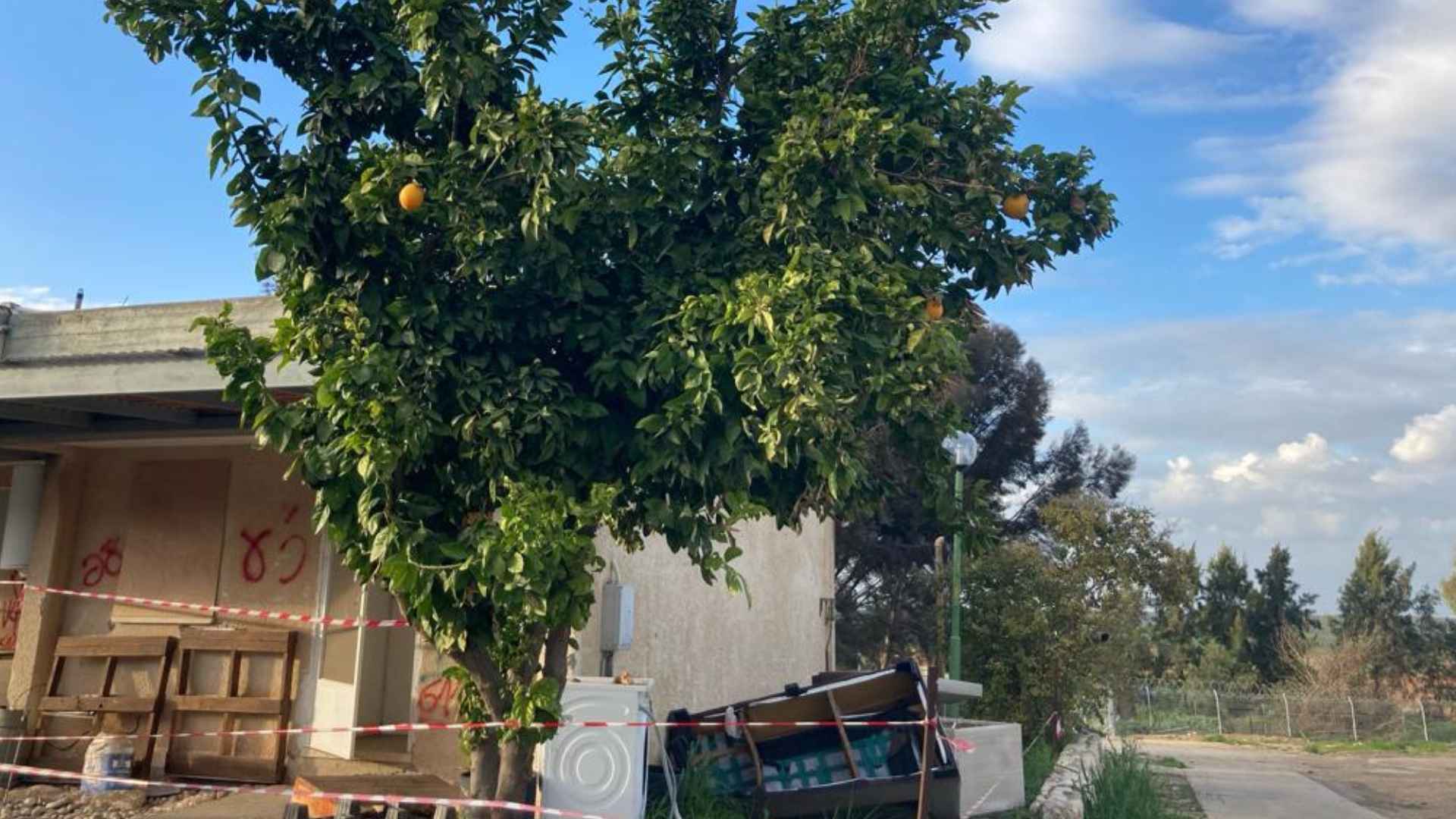In 1952, the Tel Aviv-Jaffa municipality began using an open space, south of the city, as a waste dump. In time, the population grew, and with growth came vast quantities of waste requiring disposal, not only from the metropolis but from local authorities throughout the Central Region. Before long the ‘Hiriya waste mountain’ was born. Passengers landing at Ben Gurion Airport recognized the site; it attracted thousands of birds that were a hazard to aviation, and delivered every night a strong stench to neighborhoods in southern Tel Aviv. It was clear that Hiriya had become an environmental hazard and a threat to local residents’ health. Something had to be done, and in 1998 the dump was officially closed.
What to do with the Mountain?
In stepped a major philanthropy, with a creative solution: an international competition of top artists and architects would present creative solutions for turning the polluting mountain (once remediated) into a landmark site within the planned metropolitan park for South Tel Aviv. At Adam Teva V’Din we helped reimagine and plan what the site could be, while using our advocacy skills to win a lawsuit against an agricultural business that refused to vacate the land designated for the park.
Handling waste the modern way
The Hiriya site today functions as a waste sorting and transfer center. Managed by the Dan Association of Towns, it handles every day some 3,000 tons of waste from approximately 1,500,000 residents. Every day 1,000 truckloads of waste are sent on for recycling, compost production or waste-to-energy electricity generation.
From eyesore to education center, from environmental nuisance to green lung
At the foot of the Hiriya mountain is an educational center that teaches thousands of Israeli children every year about the value of waste and its role in a sustainable environment. The surrounding Ariel Sharon Park (after the late Prime Minister who was a keen supporter of the project), is three times the size of New York’s Central Park, offering biking trails, climbing frames and a pond. It has transformed an eyesore (and a nose-sore) into something beautiful that shows us how we can make positive change to help our environment. It’s worth a visit.
For a basic animated explanation see: The Makeover of Hiriya – https://www.youtube.com/watch?v=cED9aQpeMOk






